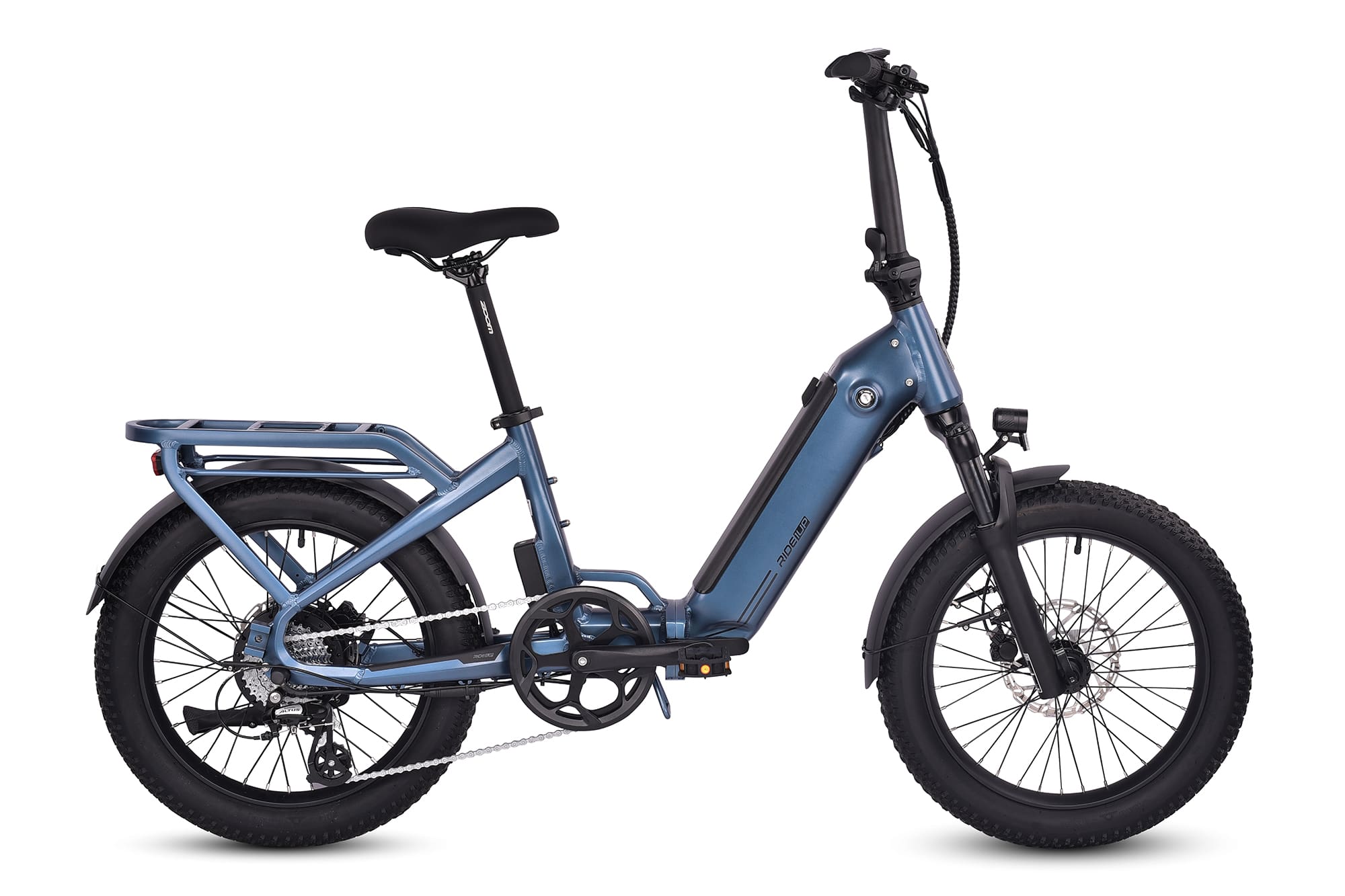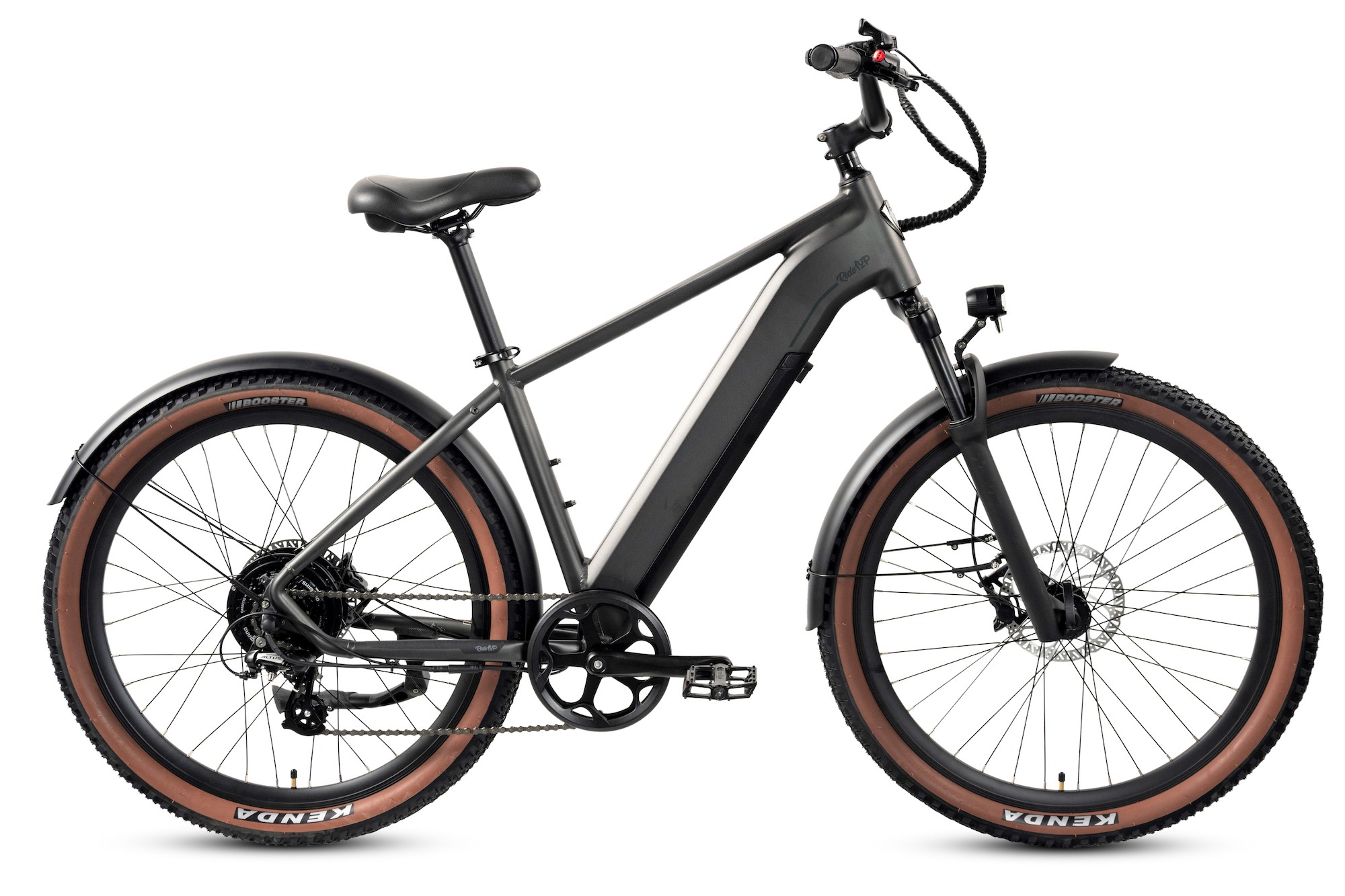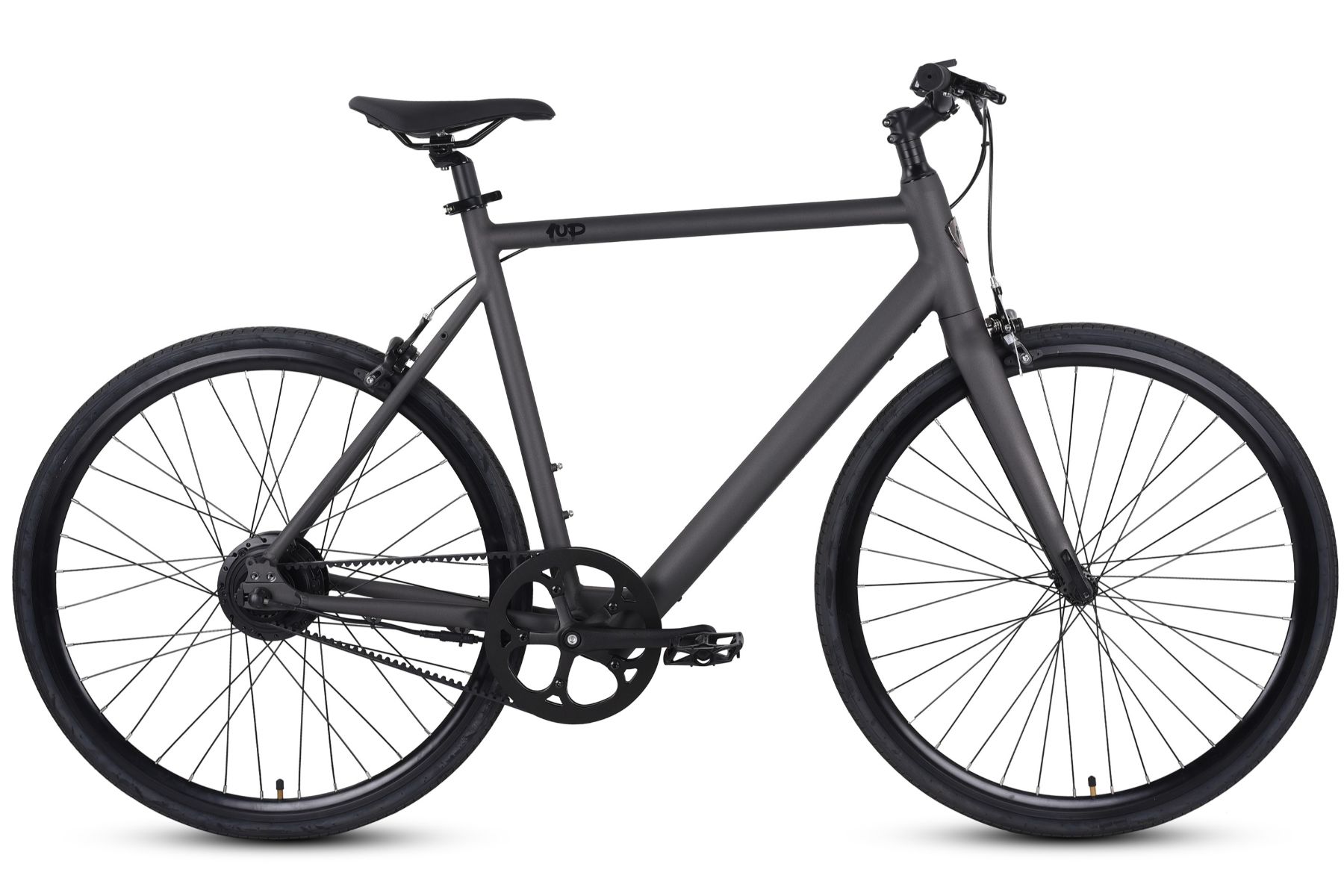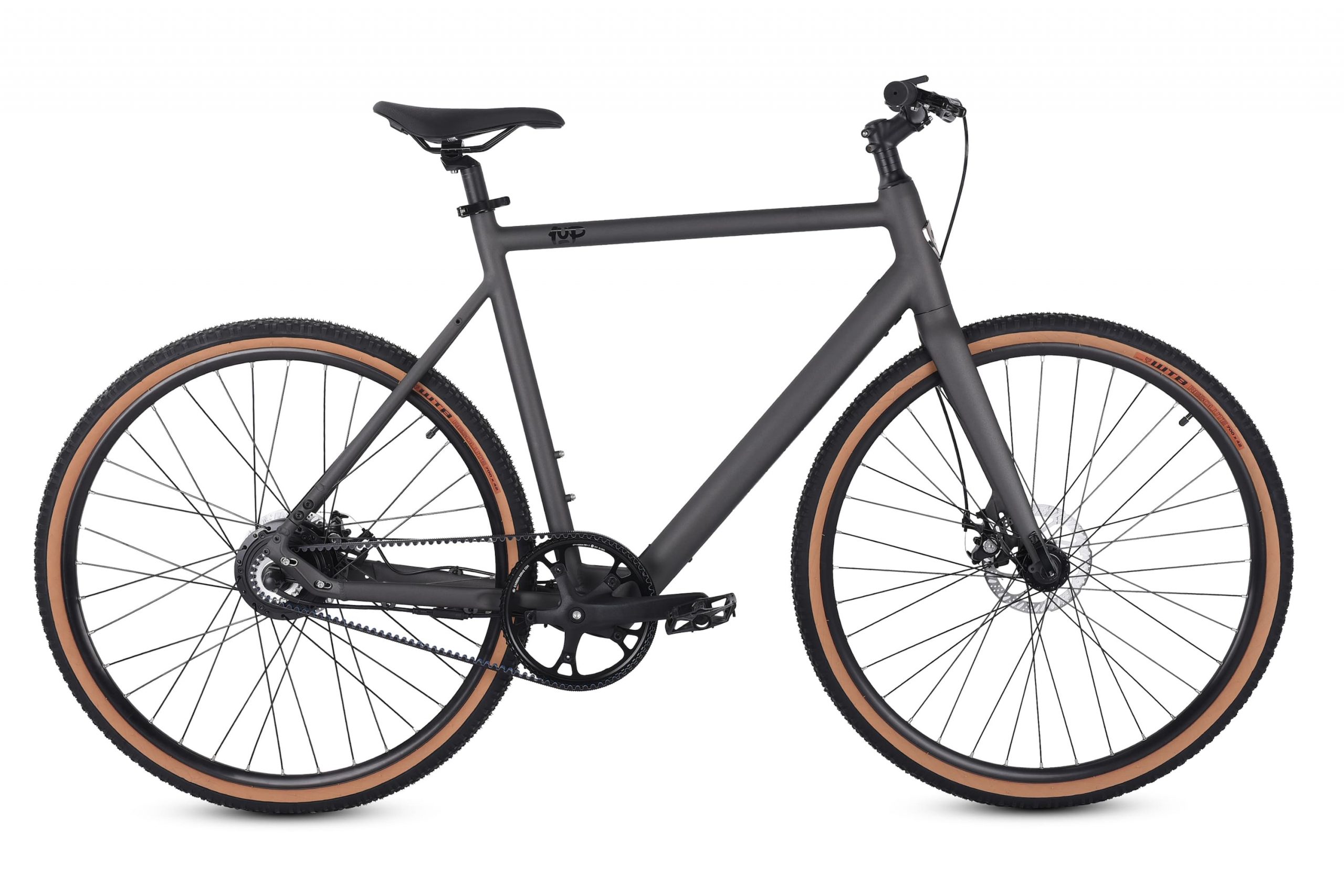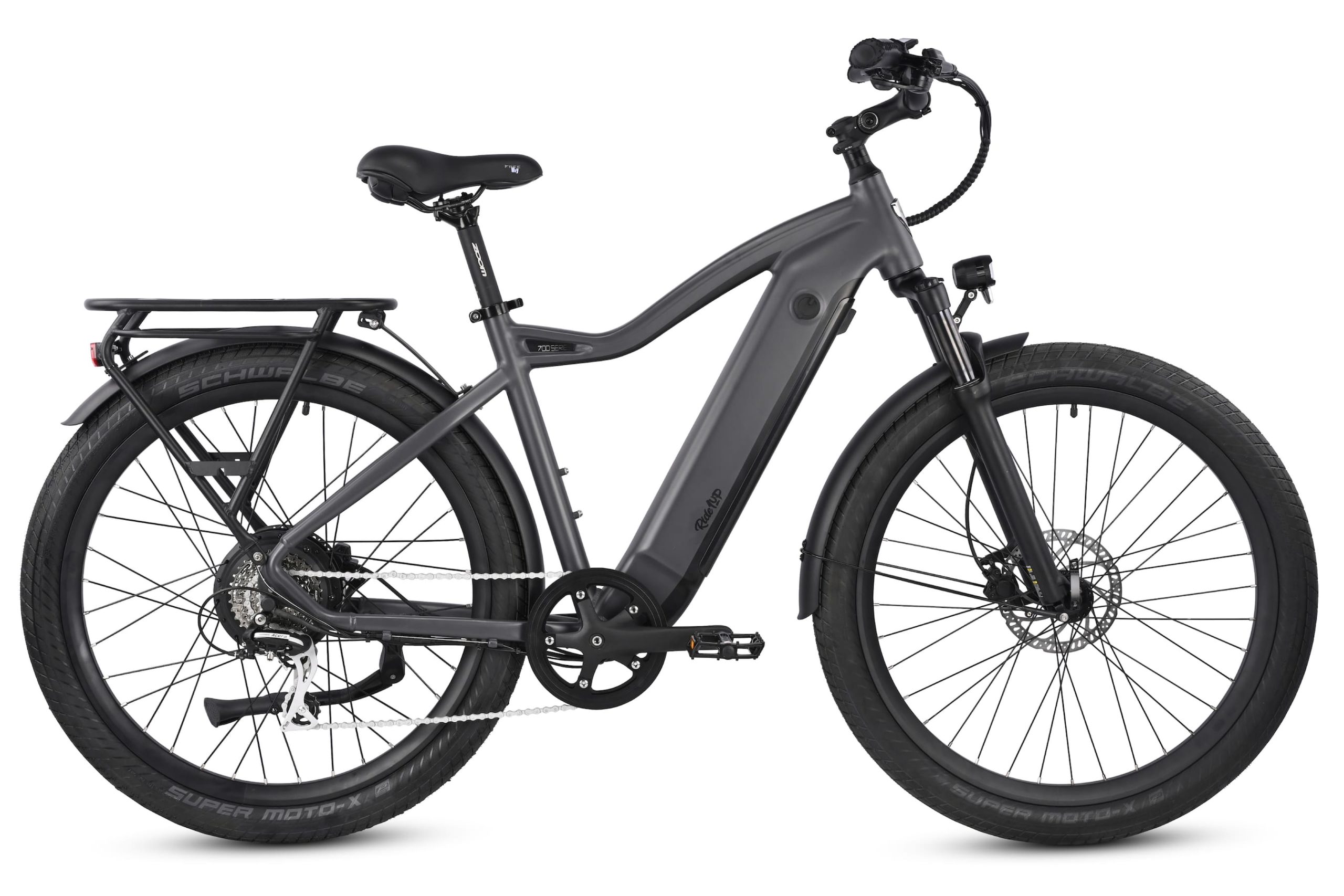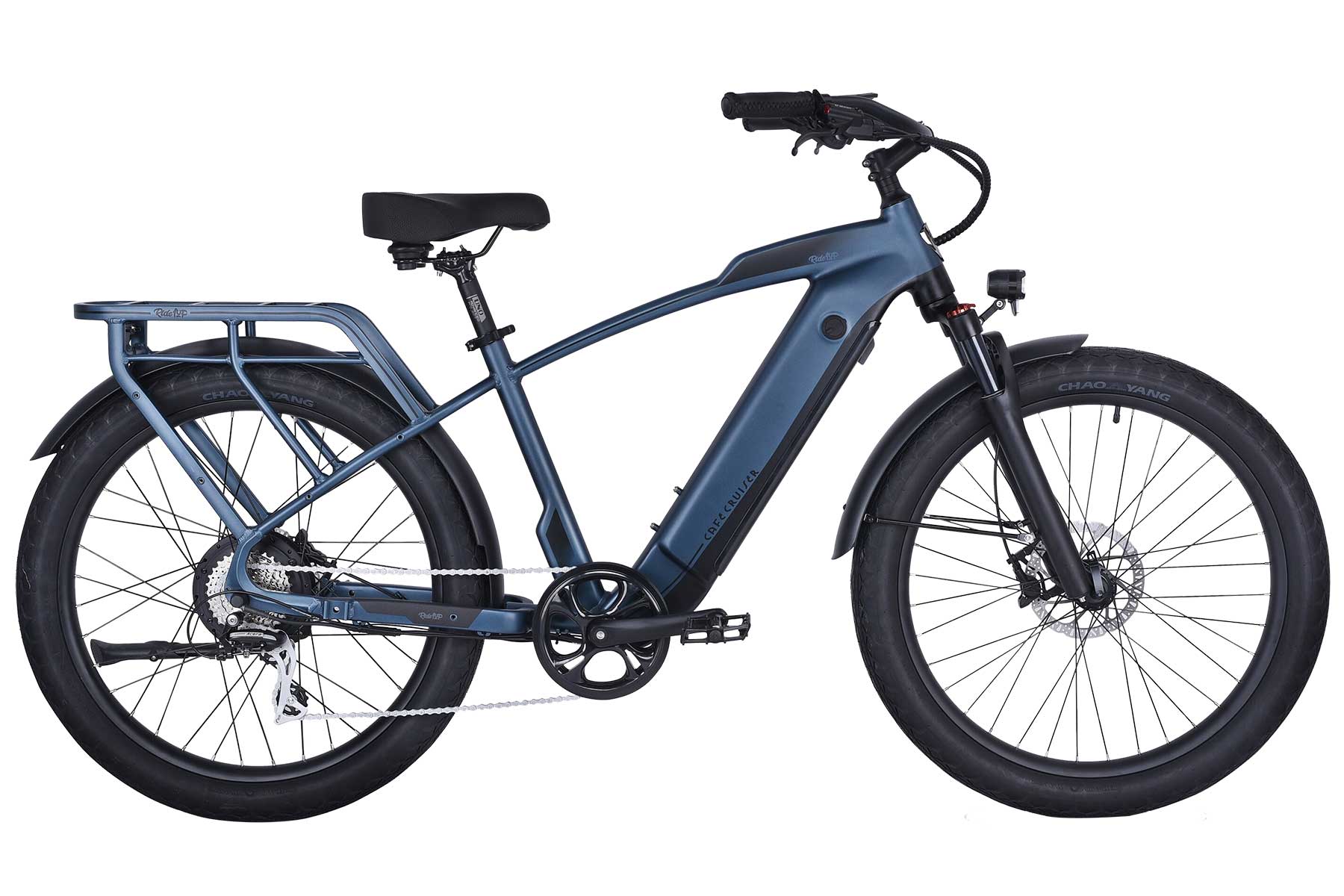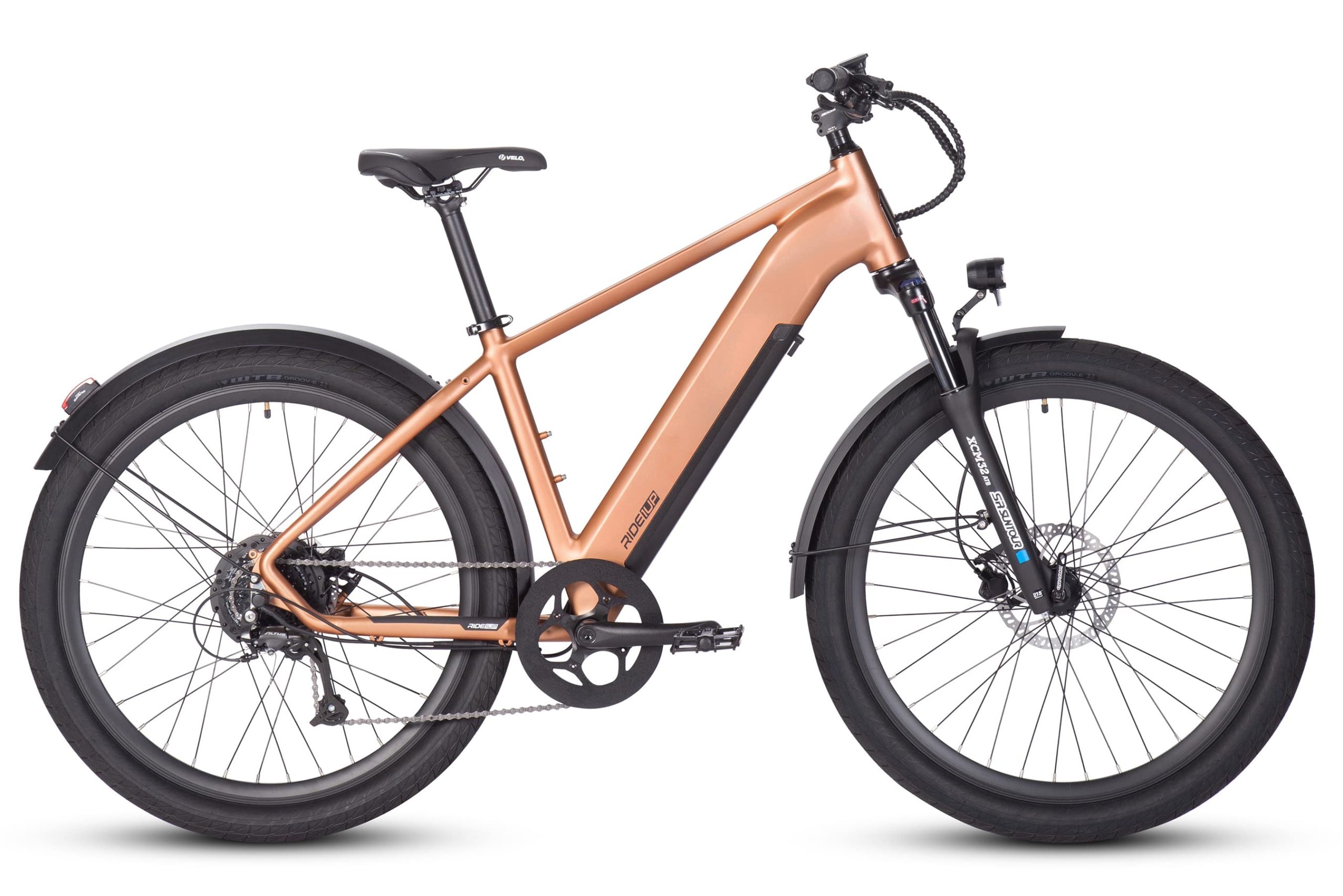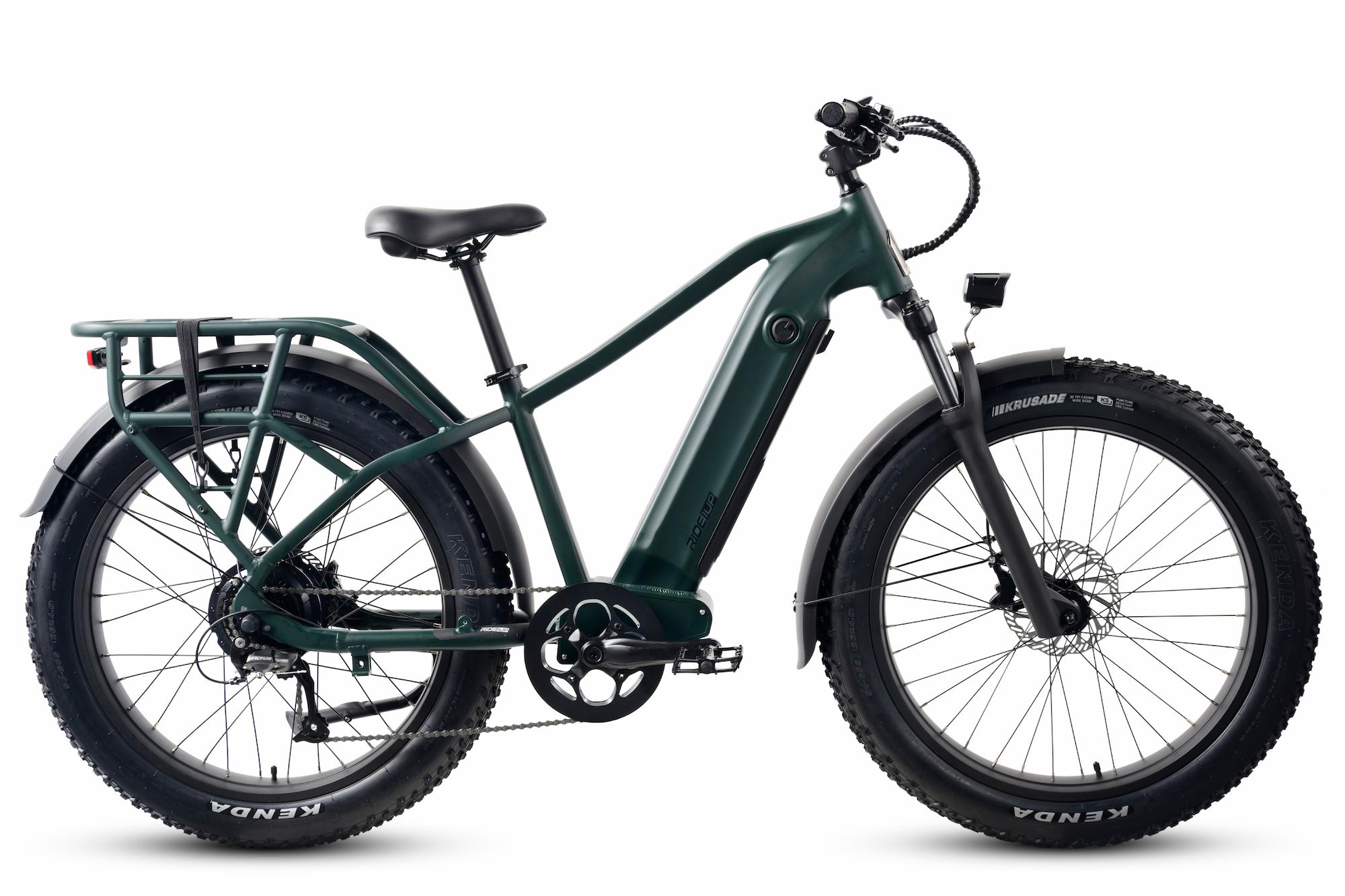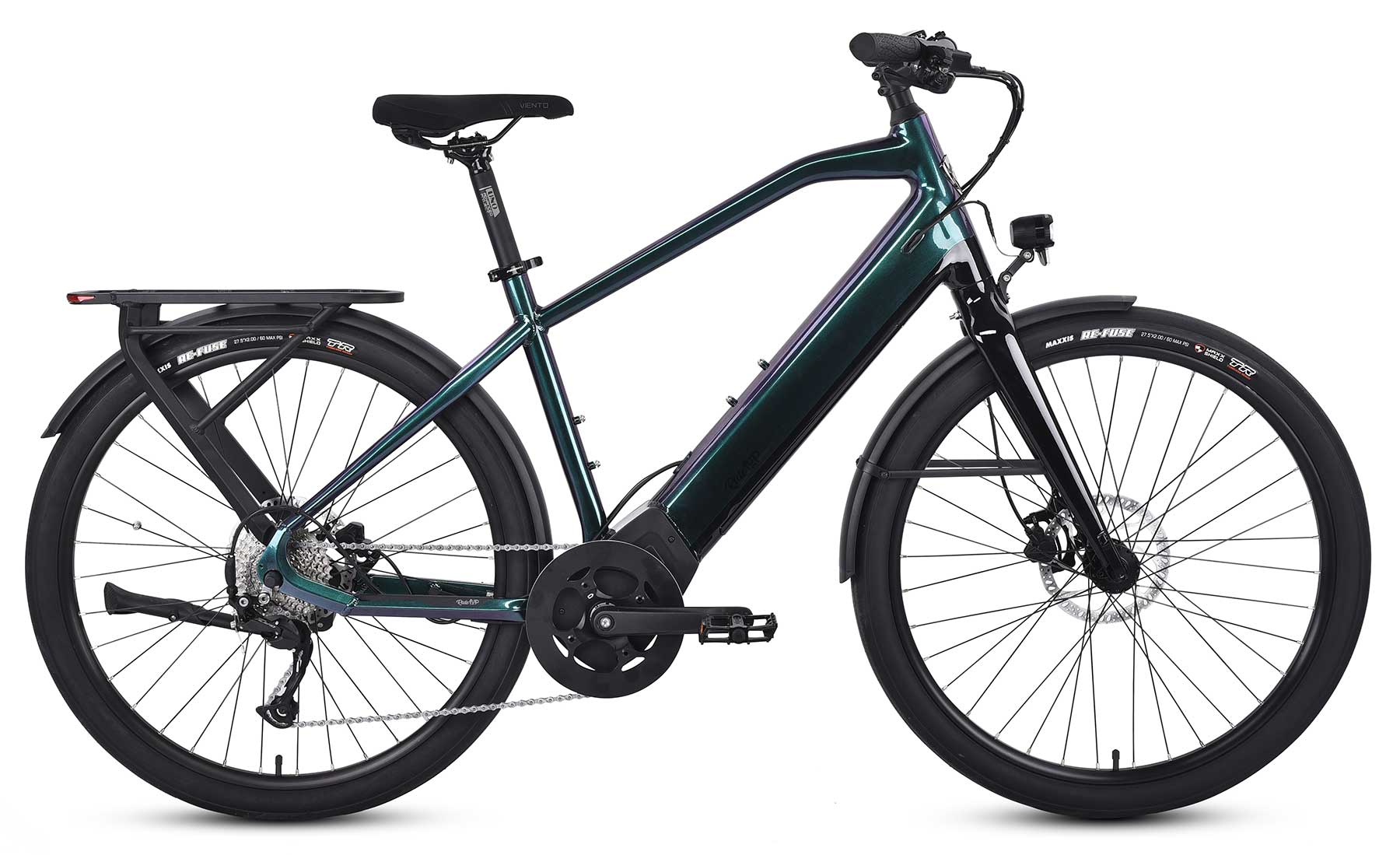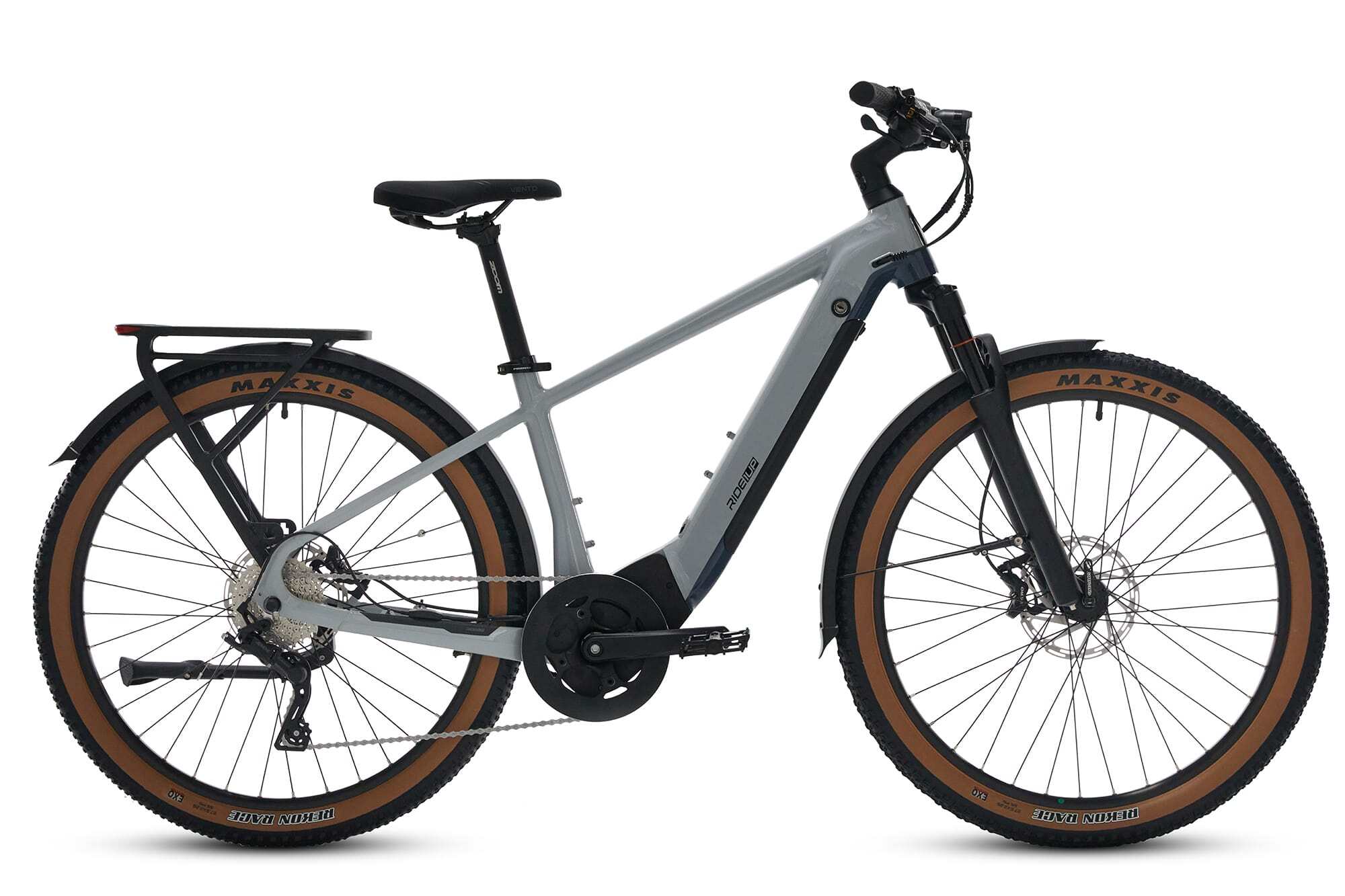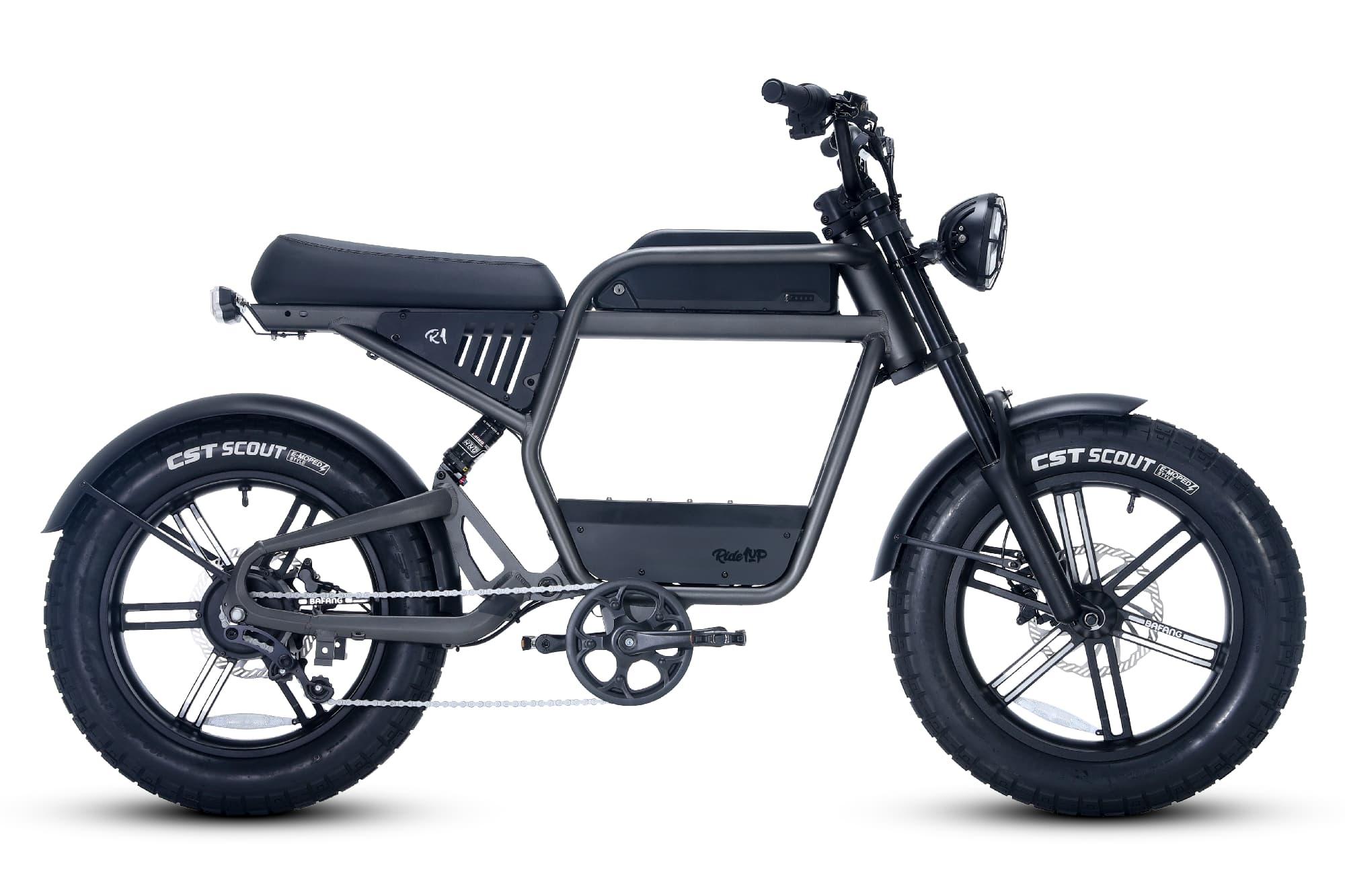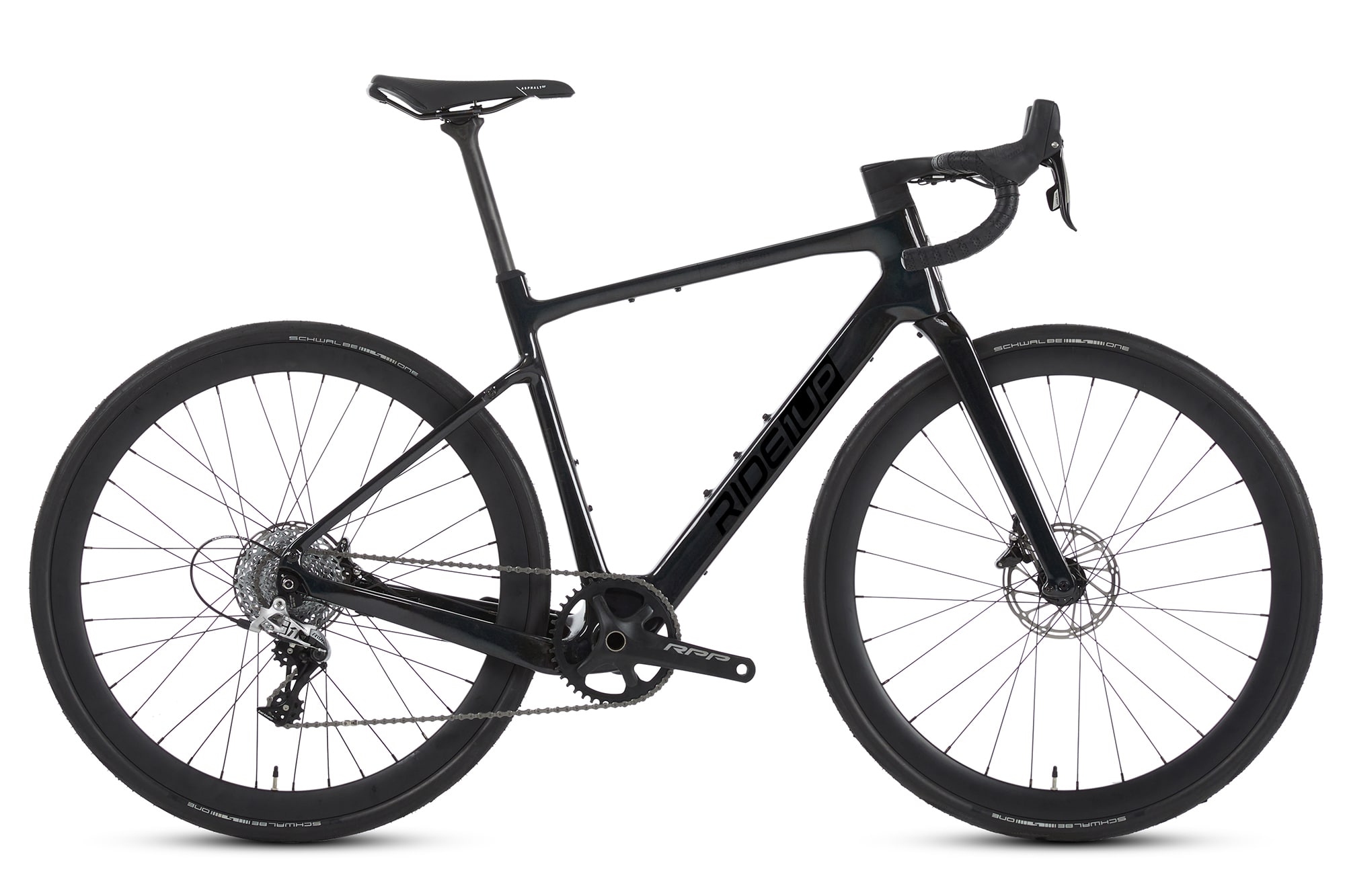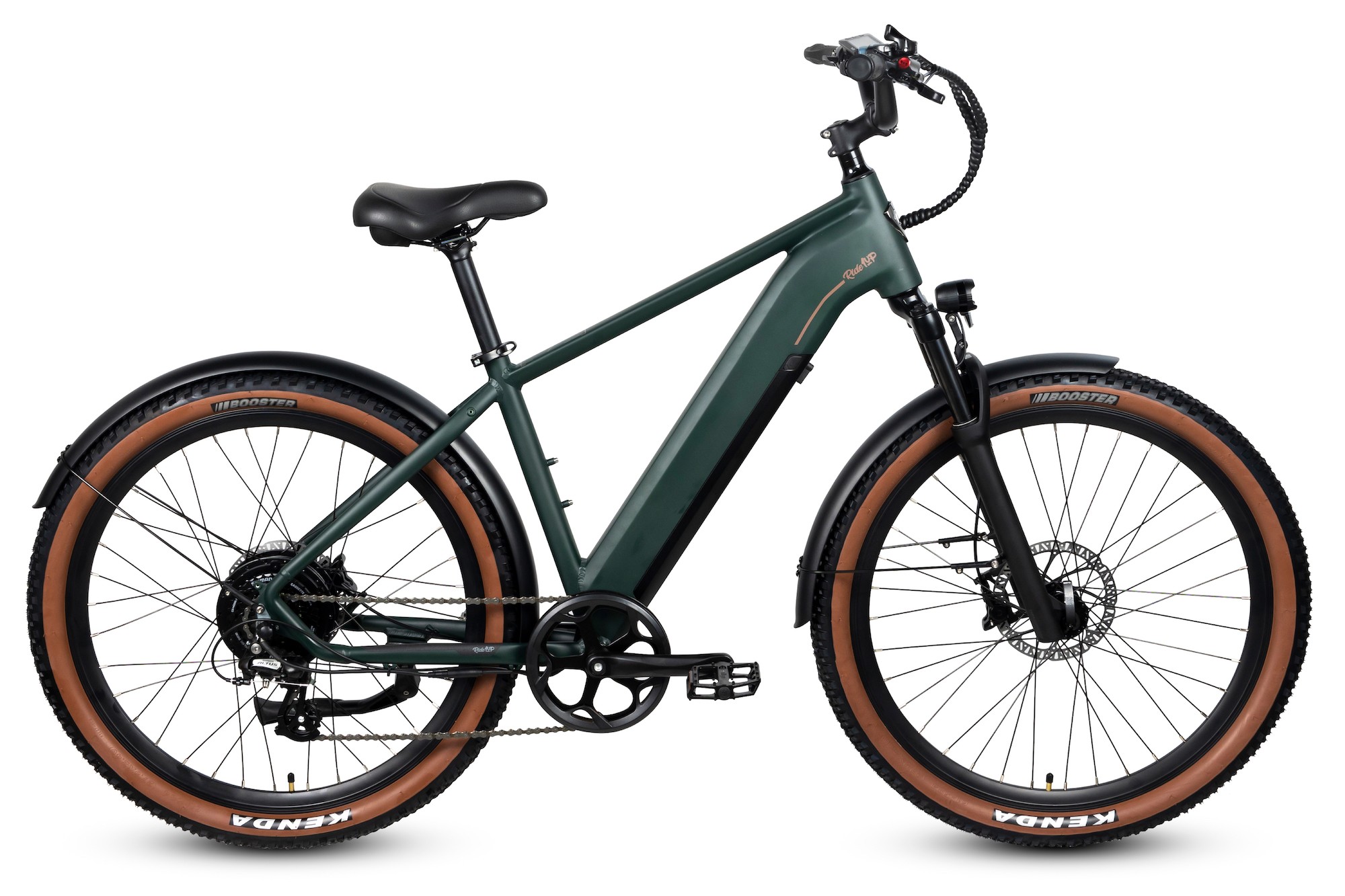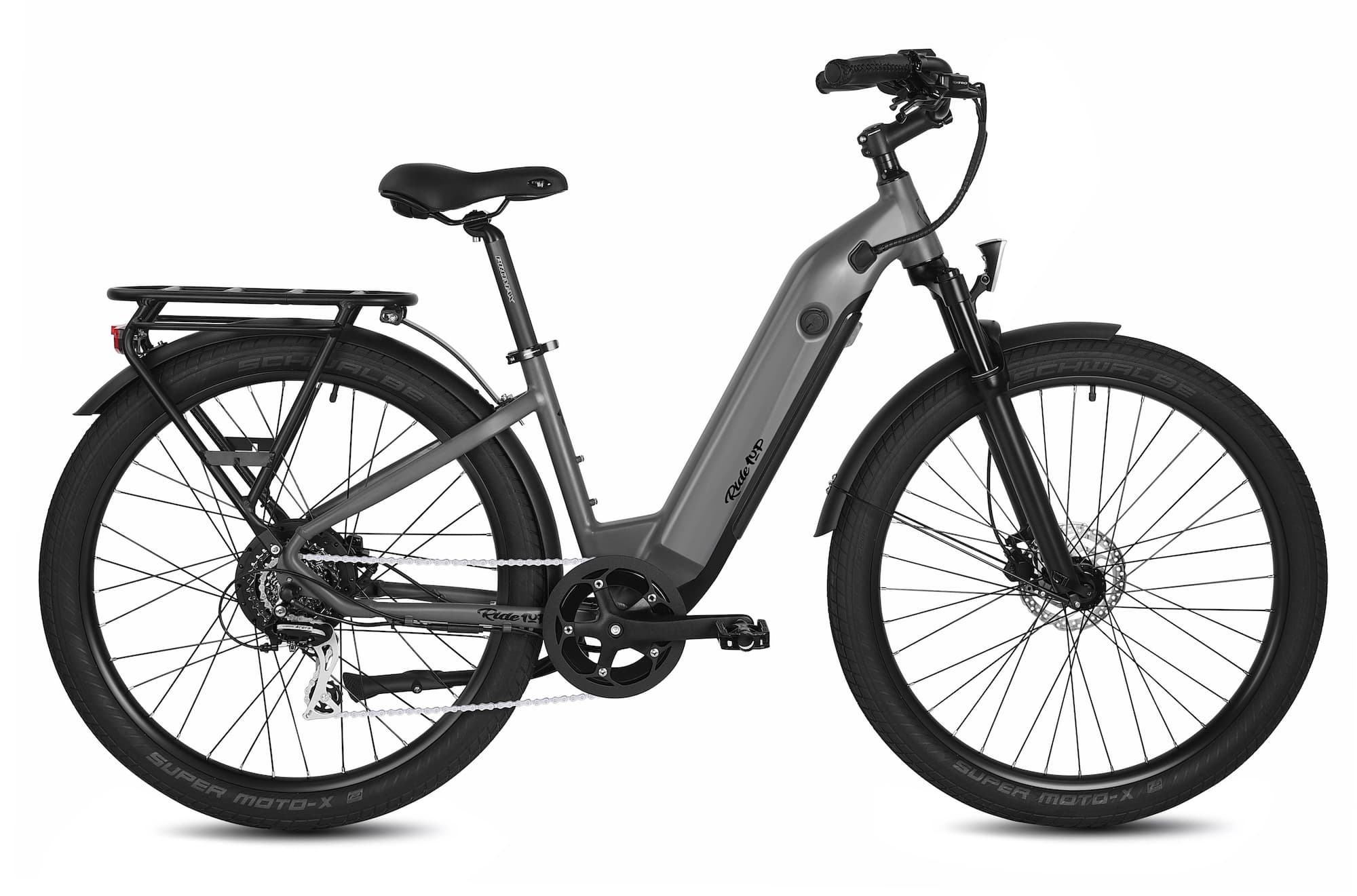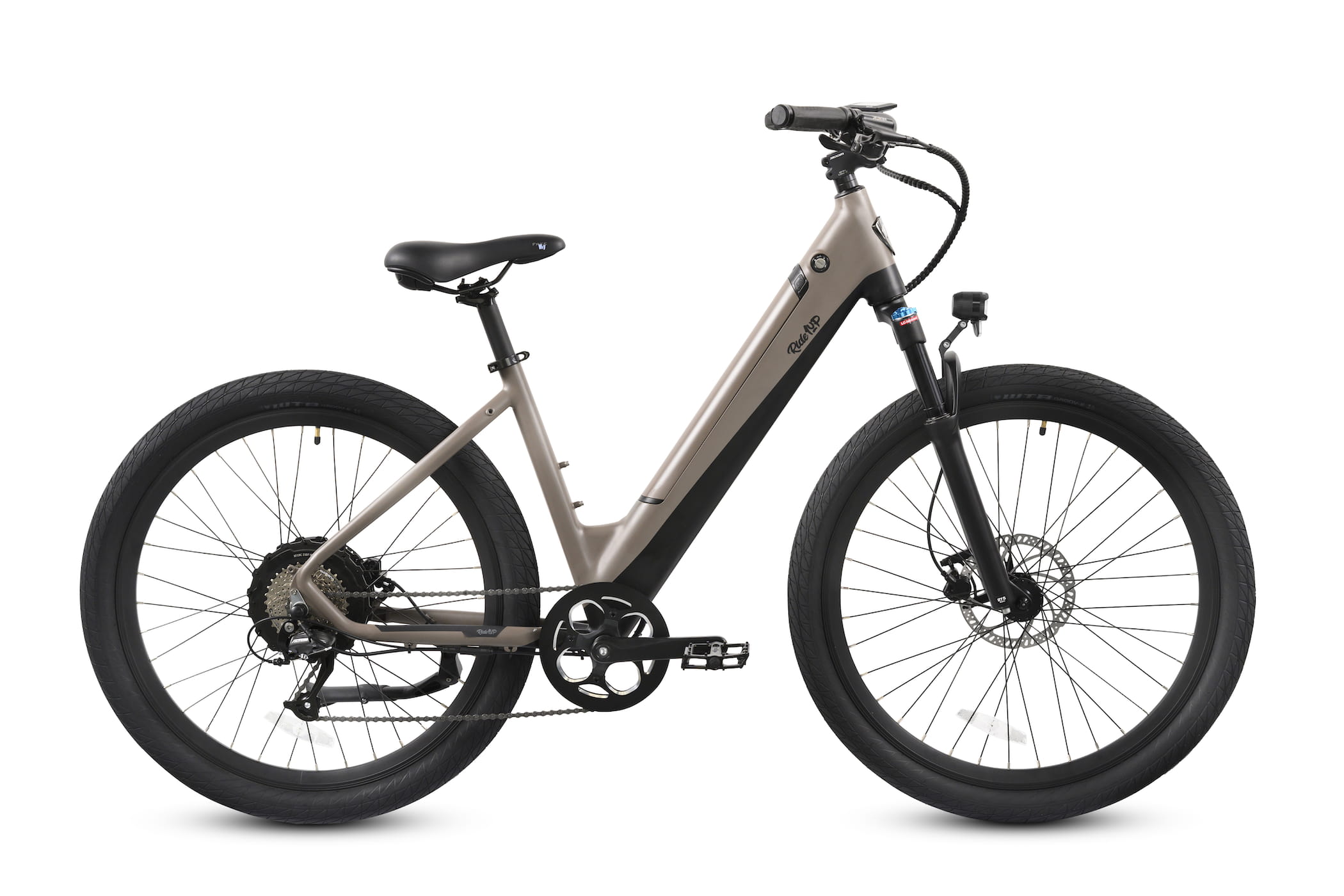How Fast Can a 36V Electric Bike Go?
December 31, 2022
Electric bikes are getting a warm response in the United States, leading to a slew of pressing questions—what size battery is best for an electric bike, can you ride electric bikes on the beach, and how fast can electric bikes really go?
Just like every rider is different, electric bikes for sale are each unique—they come in different sizes, shapes, and speeds. So, when talking about the high speeds of electric bikes, the reality is that most of the electric bikes on the market are not designed for reaching speeds higher than 28.5 miles per hour.
Legal Speeds
The speed of an electric bike is decided based on a state’s law rather than on the bike’s various electrical components. Speeds are limited by law more than they are by voltage, wattage, or programming. For instance, in the U.S., non-licensed electric bikes can reach 28.5 miles-per-hour (MPH)—after this speed, the motor cuts off.
E-bikes can go faster than twenty-eight MPH, but laws restrict them from being legal to ride. You can use some methods to increase the speed of your e-bike without making changes to your motor, like software changes. We recommend you check the local legislation in your state regarding e-bike speeds. E-bikes can have a wide range of motor wattage capabilities, but a class 3 ebike will only achieve 28.5 MPH as a maximum speed.
All Ride1UP ebikes with the exception of the Roadster V2 and Roadster Gravel can reach 28.5 mph through assisted pedaling. Keep in mind that the class of the bike will dictate the programming allowing these particular speed caps. It’s also important to remember that not all e-bikes can achieve the speed of twenty MPH or beyond because their programming does not support higher speeds. For example, EU regulation requires the top speed of an ebike to be limited to 30 kilometers per hour. This is only 15 mph, nearly half the speed of class 3, Ride1UP ebikes.
The Motor
Many people have the misconception that higher wattage means faster bikes, but that’s not true. Higher wattage in hub drive motor has a much more profound effect on the torque and acceleration, rather than its top speed. Alternatively, a mid-drive motor transfers power very efficiently through the drivetrain and can achieve high torque values with less wattage. The programming of the bike’s controller or “brain” decides the top speed of electric bikes, so you must determine what you want out of your riding experience.
For instance, someone with a weight of 115 pounds planning to go biking on relatively flat roads does not necessarily need the most powerful ebike. Because they don’t need an especially powerful system, as low as a 250-watt electric bike would be sufficient for their needs.
On the other hand, someone who weighs 190 pounds and needs to ascend steep hills may need to get a more powerful e-bike than this. In this situation, a 750-1000 watt bike might be preferable for their use case.
Electric Bike Classes
People use e-bikes for different purposes, so you need to figure out the needs you want to fulfill through an e-bike. You may need an e-bike to go grocery shopping, go to the office, or have fun with friends. The best e-bike for you is the one that meets your needs.
E-bikes are classified into different categories related to their speed and capabilities:
Class 1
Electric bikes in this category offer no throttle, only pedal assist. They have a maximum power of 750W and a maximum speed of twenty MPH. In some states, Class 1 electric bikes are considered and treated as normal bikes.
Class 2
Class 2 e-bikes are also called low-speed assisted e-bikes. Their top speed is twenty MPH with a maximum motor power of 750W. However, this type of ebike has a throttle feature in addition to pedal assist. These are the best choice for people considering getting full electric assistance; many e-bikes today are available in this classification.
Class 3
Electric bikes under this category often have more powerful motors and different software. These e-bikes achieve speeds up to 20 mph using the throttle and can reach speeds up to twenty-eight MPH using pedal assist. Due to the highest possible speed limits, only people seventeen years and older are technically allowed to use these bikes.
Summing It Up
The speed of an electric bike depends on many factors, but it is mainly controlled by the state or country’s laws and the bike’s programming. Other factors, such as the weight of the rider and riding location, also play a part; usually, the speed of a 36V electric bike is between twenty and twenty-eight MPH.


